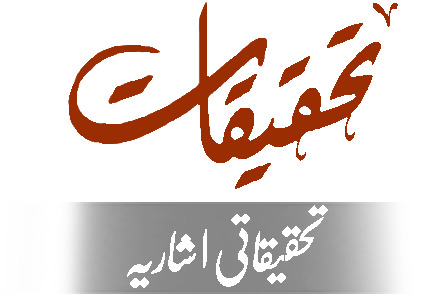مقالے کی معلومات
جلد
شمارہ
مقالے کی قسم
زبان
تلخیص
In 2016, the Securities and Exchange Commission of Pakistan (SECP)
launched All Shares Islamic Index in collaboration with Pakistan Stock Exchange
to measure the performance of Shar¯ı‘ah compliant companies. This index is made
up of over 250 companies. The stocks and shares that meet the Shar¯ı‘ah Screening
criteria are included in the All Shares Islamic Index. As part of the selection process,
each company’s financial report is reviewed and their Shar¯ı‘ah compliance status
checked against technical filters and Shar¯ı‘ah screening criteria prescribed by the
Securities and Exchange Commission Pakistan. The criterion for All Shares Islamic
Index is developed by SECP to examine whether a particular stock conforms with
Shar¯ı‘ah or not. This article aims to analyze the screening criteria for companies
developed by the SECP. According to All Shares Islamic Index, a company that
borrows with interest up to 37% is considered as a Shar¯ı‘ah-compliant company.
Similarly, a company that invests on interest up to 33% is also considerd as Shar¯ı‘ah
compliant. The author argues that the criterion for lending and borrowing by the
companies does not conform to Shar¯ı‘ah since Shar¯ı‘ah does not allow dealing
in rib¯a, no matter the quantity of rib¯a is big or small. It has been observed that
a comprehensive legal, regulatory, and operational framework does not exist for
Shar¯ı‘ah-compliant dealing in shares/securities in the stock exchange. Although the
SECP has attempted to provide a benchmark and a criterion for Shar¯ı‘ah-compliant
trading, but that criterion itself suffers from flaws and involves Shar¯ı‘ah issues. In
order to develop an Islamic capital market, it is imperative to amend the current
legal and operational framework and the screening criterion needs to be revisited to
make it a genuinely Shar¯ı‘ah-compliant screening criterion.
Anees Tahir . (2019) Securities and Exchange Commission of Pakistan’s regulations for Shar¯ı‘ah Screening of Stocks and Shares: Shar¯ı‘ah based Evaluation, Journal of Islamic Business and Management, Vol ume 9, Issue 2.
-
Views
854 -
Downloads
139


